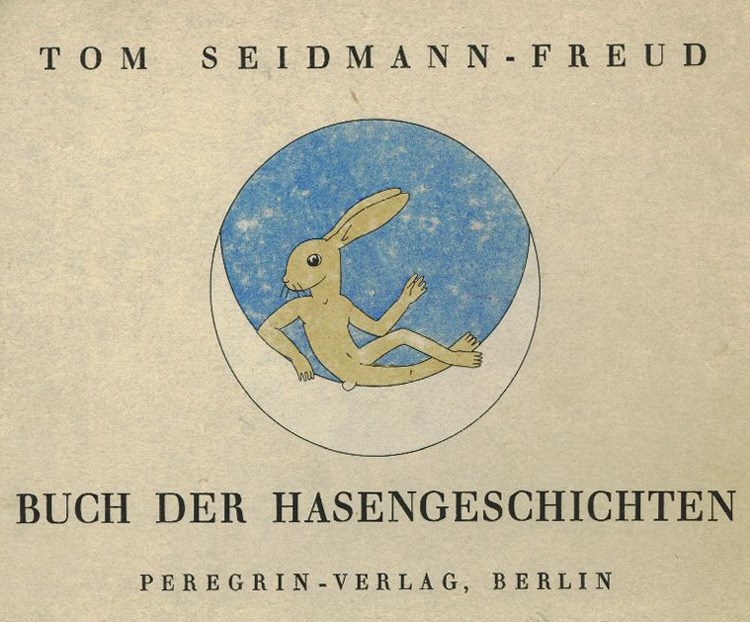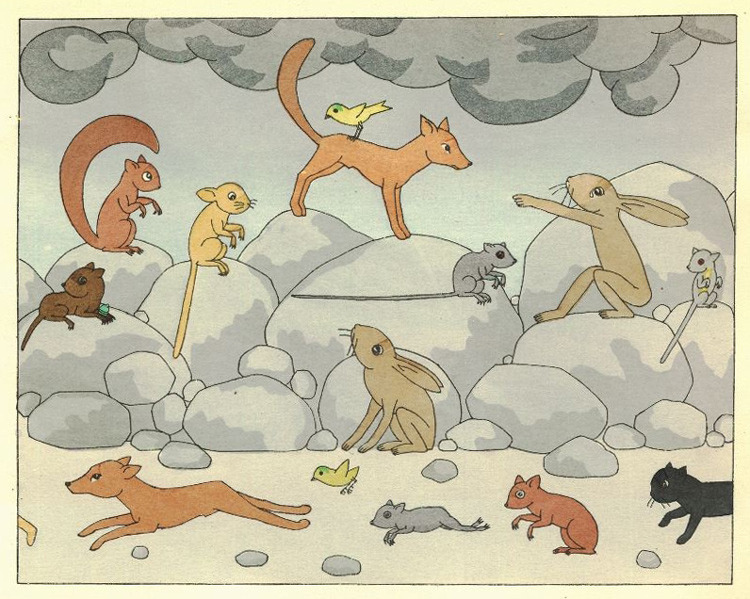You’re most likely to know Mark’s work from the string introduction to REM’s “Shiny Happy People,” but he’s been a staple of the New Orleans recording scene since he moved there in 1982, producing groups like Flat Duo Jets, Glenn Branca, John Scofield, Marianne Faithful, and the Rebirth Brass Band. He and his studio were also featured on the HBO show Treme. He had a whole lifetime of musical development before then, though, first getting signed as a teenager in Los Angeles and recording a single as a solo artist. He then left to study music in Indiana where he was one of two guitarists and several singers for the very adventurous, theatrical Screaming Gypsy Bandits, who released their one album, In the Eye, in 1973. Following the times, he eschewed progressive rock for a more minimalist but still very arty style in New York City with a band called Social Climbers. He’s released two albums since then under his own name in between production work: A jazz-rock inflected singer-songwriter album called I Passed for Human in 1989, and then a more rootsy endeavor called Psalms Of Vengeance in 2009. He is due for a significant archive release within the next year with something like ten albums of additional compositions.
In this episode of Nakedly Examined Music, we pick four of his songs to play in full and discuss. After a short introduction over the song “Flies R All Around Me” by Screaming Gypsy Bandits from Back to Doghead (1970, but not released until 2009), the first full discussion covers “Pissoffgod.com” (featured in the video link in this post) from Psalms of Vengeance (2009). We then turn to “Ash Wednesday and Lent” by Ed Sanders (music by Mark Bingham) from Ed’s album Poems for New Orleans (2007). We then look back to “That’s Why” by Social Climbers from their self-titled album (1981). We conclude with “Blood Moon,” a group improvisation by Michot’s Melody Makers from Cosmic Cajuns from Saturn (2020). This is a band that plays mostly traditional cajun music that Mark was producing and has now for two albums joined as their guitarist.
Want more? Listen to “Flies” in full. Hear the whole Social Climbers album (1981). Mark’s first solo album featured this Coltrane classic. Listen to Mark backing Aaron Neville and Johnny Adams on a Hal Willner album of Kurt Weil tunes. Experience one of the tunes he wrote for Allen Ginsberg to read poetry over. Watch him live with Michot’s Melody Makers.
Nakedly Examined Music is a podcast hosted by Mark Linsenmayer, who also hosts The Partially Examined Life Philosophy Podcast and Pretty Much Pop: A Culture Podcast. He releases music under the name Mark Lint.












